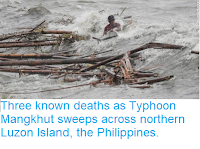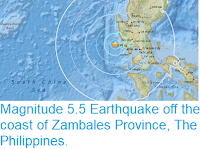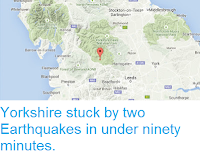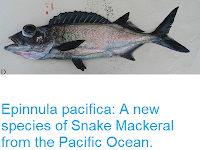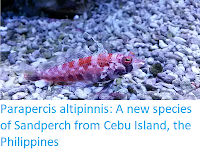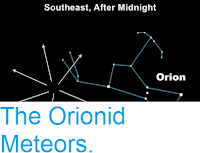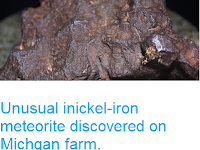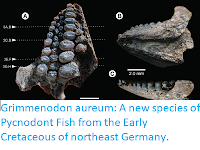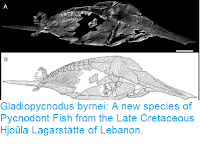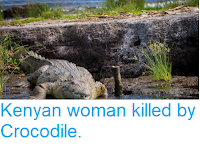Four people have died and more than 20 more are trapped after a landslide struck a building that contained offices belonging to the Department of Public Works and Highways in the town of Natonin in Mountain Province on Luzon Island, the Philippines, on Tuesday 30 October 2018. The event occurred amid heavy rains associated with the passage of Typhoon Yutu (referred to as Typhoon Rosita in the Philippines). Landslides
are a common problem after severe weather events, as excess pore water
pressure can overcome cohesion in soil and sediments, allowing them to
flow like liquids. Approximately 90% of all landslides are caused by
heavy rainfall. In a separate incident a father and his three young children were killed in another landslide in the municipality of Banaue, to the south of Natonin, and a third landslide is reported to have killed a young girl in another province.
The approximate location of the 30 October 2018 Mountain Province landslide. Google Maps.
Tropical storms are caused by the warming effect of the Sun over
tropical seas. As the air warms it expands, causing a drop in air
pressure, and rises, causing air from outside the area to rush in to
replace it. If this happens over a sufficiently wide area then the
inrushing winds will be affected by centrifugal forces caused by the
Earth's rotation (the Coriolis effect). This means that winds will be
deflected clockwise in the northern hemisphere and anti-clockwise in the
southern hemisphere, eventually creating a large, rotating Tropical
Storm. They have different names in different parts of the world, with
those in the northwest Pacific being referred to as typhoons.
The path and strength of Typhoon Yutu. Thick line indicates the
past path of the storm (till 6.00 pm GMT on Monday 30 October 2018),
while the thin line indicates the predicted future path of the storm,
and the dotted circles the margin of error at 12, 24, 36 and 72 hours
ahead. Colour indicated the severity of the storm. Tropical Storm Risk.
Despite the obvious danger of winds of this speed, which can physically
blow people, and other large objects, away as well as damaging buildings
and uprooting trees, the real danger from these storms comes from the
flooding they bring. Each drop millibar drop in air-pressure leads to an
approximate 1 cm rise in sea level, with big tropical storms capable of
causing a storm surge of several meters. This is always accompanied by
heavy rainfall, since warm air over the ocean leads to evaporation of
sea water, which is then carried with the storm. These combined often
lead to catastrophic flooding in areas hit by tropical storms.
See also...
Follow Sciency Thoughts on Facebook.





